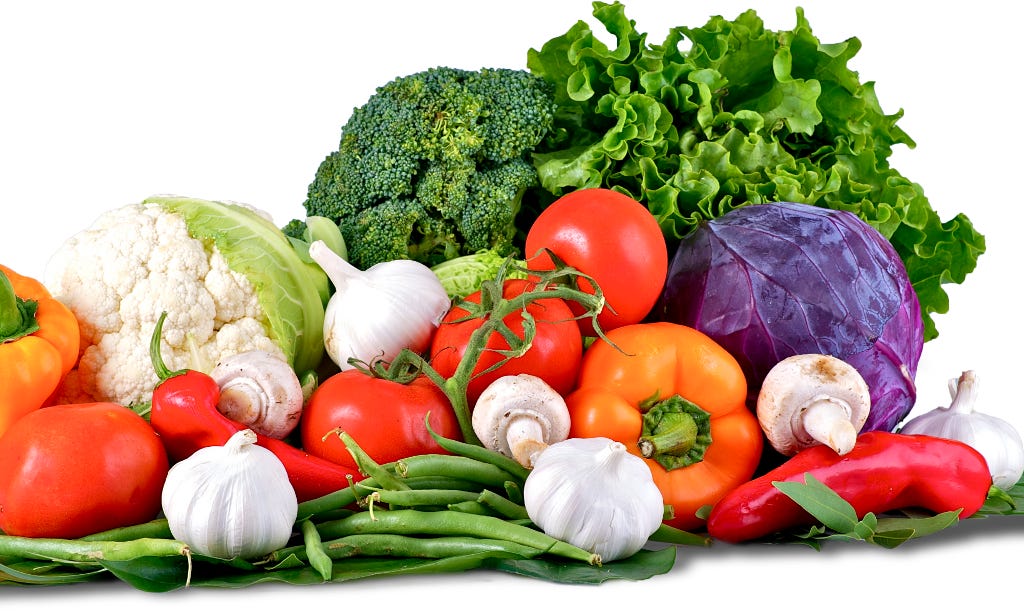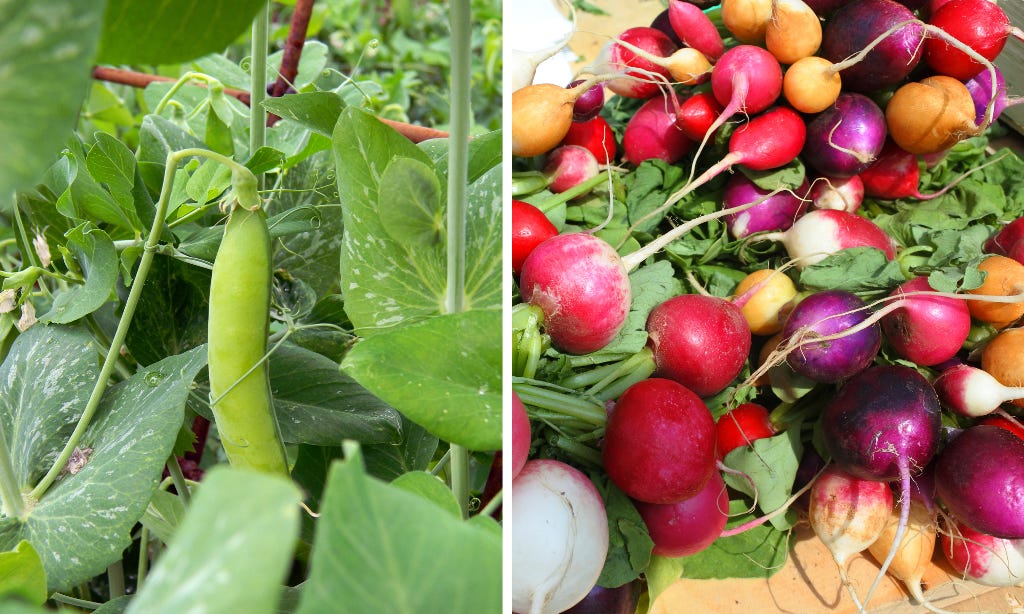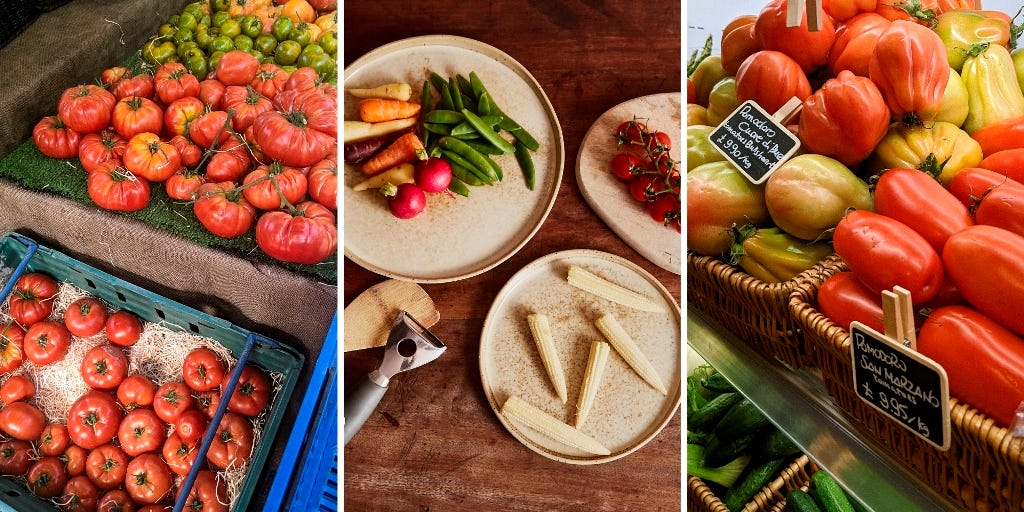Aimed at the beginner vegetable gardener, here are some suggestions to help you build up confidence in the very rewarding practice of growing some of your own food organically at home. The health benefits are enormous, too, as nothing beats fresh-from-the-garden produce for taste and nutrient density.
This is by no means a ‘how to grow veg’ guide, it’s just an article covering some of the easiest and most nutritious veg to grow when you’re just starting out, all based on my own experience and research. There’s plenty of information on how to grow your own veggies available online and in books.
Peas
Peas are legumes, so are packed with fibre, low in calories and fat, yet are full of essential vitamins, especially when you grow them yourself. They’re one of the easiest vegetables to start growing in your new veg garden, but remember they prefer the cooler months of spring and autumn, and can also be grown in winter in mild climates, which don’t experience frost or snow. Peas fix nitrogen in the soil, which is very beneficial to future crops you may grow. Who doesn’t love picking the ripe pods and eating peas straight out of them, outside in the fresh air?
Beans
Another nitrogen fixing plant, beans are also legumes and are very healthy to eat. Broad bean crops are often grown as a soil cover in winter to protect the soil and also to add nitrogen for spring crops. Runner, bush, broad - take your pick - there are hundreds of varieties and colours of beans to choose from these days. They produce pods very quickly too, and if the plants are fed and watered sufficiently, they will continue to do so for months on end. Eat beans fresh and/or leave the pods to dry out to harvest dried beans for winter meals.
Lettuce
What would salads be without lettuce? There is a huge array of lettuce varieties available which are usually either loose leaf or heading types, in all sorts of shades and hues, shapes and sizes. They’re very easy to grow for the beginner home gardener, too, and are a good source of folic acid. Most varieties of lettuce prefer mild temperatures, they generally tend to bolt more quickly in hot weather, but in milder climates and with enough water and feeding, it is possible to grow your own lettuce all year round.
Tomatoes
By following a few simple rules, tomatoes are very simple to grow, and will reward you with plenty of delicious, juicy fruit. Can anything beat the taste of sun-ripened tomatoes picked straight from the vine? They also come in a large number of varieties, so we’re really spoilt for choice in deciding what tomatoes to grow. Vine tomatoes are trained to grow vertically and need to be supported with a structure of some sort, e.g. a long cane or a string if they are to be grown in a poly-tunnel. Bush varieties may be easier for beginners and anyone with space constraints, because they can be grown in containers like hanging baskets and pots.
Carrots
Carrots are also a cool season (spring and autumn) crop, and can even be grown in winter in mild climates. They need to be thinly sewn direct where they are to grow, as they, like most root vegetables, don’t like to be transplanted. It’s also better not to overfeed carrots as it can encourage deformed roots, as will hard, clay and stony soils. Good companions for growing around carrots are onions, brassicas, lettuce, beans, peas, tomatoes, sage, rosemary and chives. They also come in a rainbow of colours for jazzing up the look of your meals.
Radishes
One of the quickest veggies to grow - 20 to 30 days from seed to harvest for some varieties - radishes are also one of the easiest to grow. There is such a huge range of colourful radishes, too, it’s really hard to choose sometimes which to grow! They, like carrots, need to be grown about 3 to 5 cm apart, otherwise they become stunted, and as with most root vegetables, the seed must be sewn direct where they are to be grown. They don’t struggle much with pest attacks and love growing in the cooler months.
RESOURCES
Highly recommended are the instructional videos and books by Charles Dowding, and by Huw Richards, who are very experienced and are based in the UK. They both follow no dig and various permaculture principles of growing vegetables, which also means they are growing food which supports nature.
Please feel free to leave a comment and share your own experiences of growing your own vegetables and herbs.
Photo Credits
Substack Sasha H Travels







